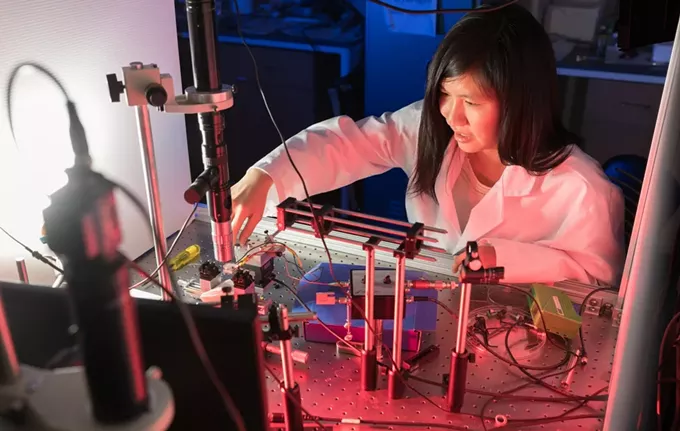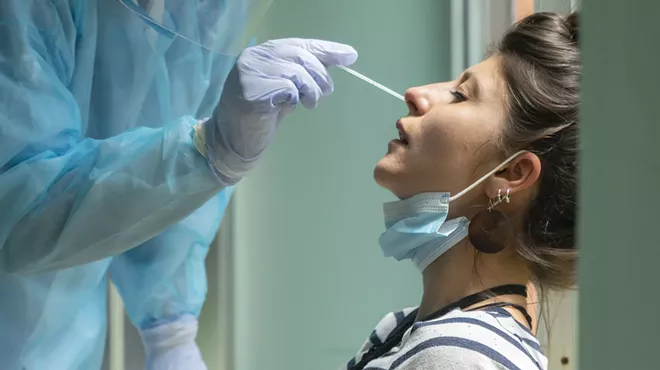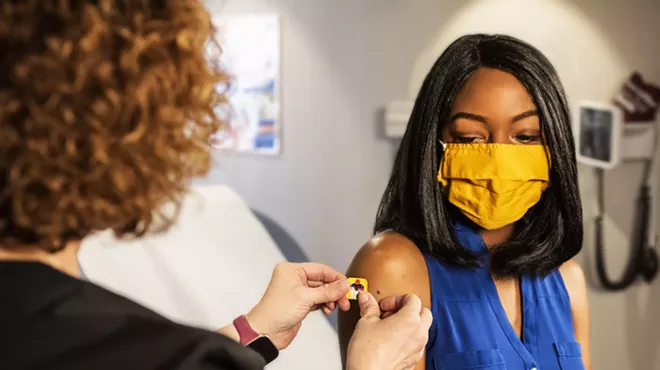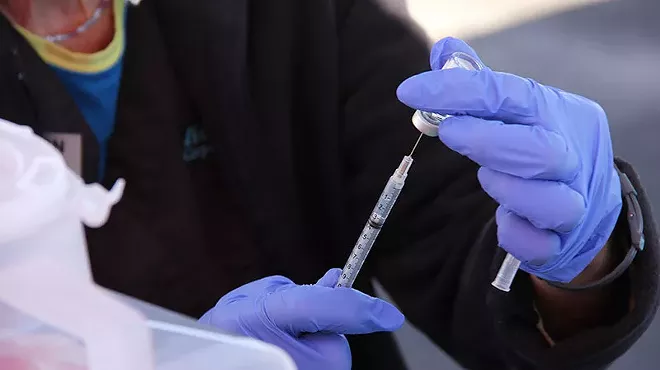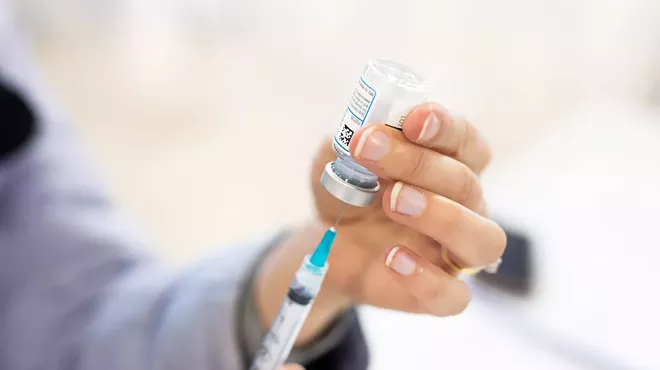Wednesday, October 14, 2020
UA Researcher Developing FLOWER Device to Detect Cancer, COVID-19
A researcher at the University of Arizona has received a $1.82 million grant from the National Institute of General Medical Sciences to advance the capabilities of a device that can detect single molecules, such as biomarkers for cancer, Alzheimer's disease and COVID-19.
Biomedical engineering professor Judith Su operates the Little Sensor Lab at UA, the core of which is a technology called the "frequency locked optical whispering evanescent resonator," or FLOWER. This device detects whispering gallery waves, a phenomenon where sound or light waves travel around a concave surface.
On a microscopic level, FLOWER examines light traveling around a small ring. Each time the light makes a loop, a small amount may interact with a close-by solution such as blood or water. If a molecule of the solution interacts with the lightwave, it slightly changes the light's refraction. As the light continues to loop around the ring, it interacts with the molecules more, increasing the chance of detection.
According to Su, normal sensors interact with a molecule once, but in this case, it interacts with the molecule hundreds of thousands of times, resulting in the detector’s sensitivity boost. Thanks to this versatile testing method, FLOWER can be used to detect a variety of molecules. And because COVID-19 can travel via airborne molecules, FLOWER may hold the key to a non-invasive breath test for COVID-19 instead of a swab or a blood test.
"Everything our lab does is centered around ultrasensitive optical sensing, for a wide variety of applications, like environmental health monitoring, food and water quality monitoring, and detecting toxic industrial chemicals," Su said. "Anything worth sensing, we sense."


